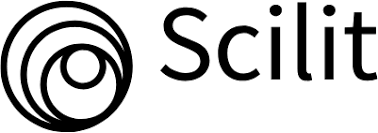Comparing Structural Elements and Symbolism between "Tigers on the Tenth Day" by Zakaria Tamer and "The Gage" by Sadiq Choubak
DOI:
https://doi.org/10.54172/dyeyjn46Keywords:
Zakaria Tamer, Sadiq Choubak, Novella, Structural Elements, Beast FableAbstract
Researchers have taken care of studying structural elements of the story, because it constitutes the main axis that distinguishes successful stories. Beast fable have paid attention to structural elements, because elements constitute symbols in their stories. Therefore, we worked to compare two beast fable stories of two societies that were exposed to the same circumstances: Syrian and Iranian society. There were similarities between them in some elements and their connotations, and differences in other elements and their connotations. Using a descriptive analysis approach, this article attempts to present study the structural elements of story of both Zakaria Tamer’s story "Tigers on the Tenth Day", and Sadeq Chubak’s story "The Cage". The study concludes that the two writers paid attention to all the structural elements, but Chopak paid great attention to the place and made it the hero and title of his story, but Tamer paid attention to time and made it the hero and title of his story. They both paid attention to the symbols of the story’s elements, and Tamer revealed these symbols at the conclusion of his story, while it remained hidden in Chubak’s story.
Downloads
Published
Issue
Section
License
Copyright (c) 2024 Buthaina Shemous (Author)

This work is licensed under a Creative Commons Attribution 4.0 International License.
Copyright of the articles Published by Almukhtar Journal of Social Science (MJSSc) is retained by the author(s), who grant MJSc a license to publish the article. Authors also grant any third party the right to use the article freely as long as its integrity is maintained and its original authors and cite MJSSc as the original publisher. Also, they accept the article remains published by the MJSSc website (except in the occasion of a retraction of the article).














